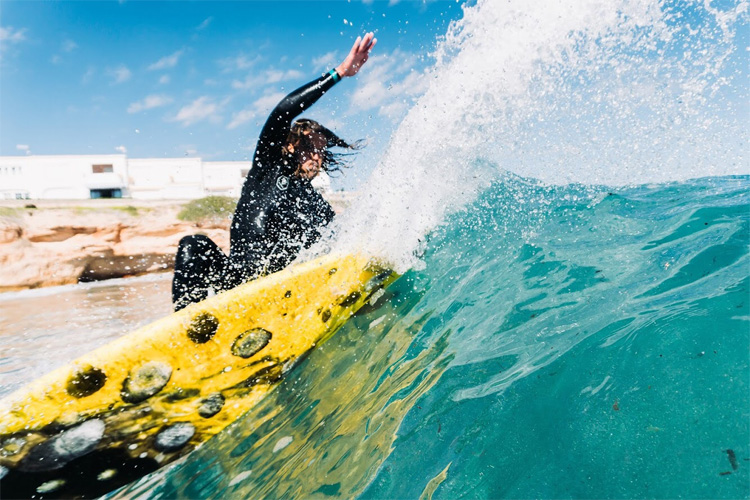The authorities of Orihuela, a city and municipality located in the southeast of Spain, are under heavy criticism after banning surfboards from its coastline.
With its 16 kilometers of fine white sand beaches and warm waters, Orihuela Costa - in English, Orihuela Coast - offers plenty of opportunities for water sports enthusiasts.
From time to time, the region receives favorable Mediterranean Sea swells that produce optimal conditions for surfing and many other boardsports like stand-up paddleboarding (SUP), bodyboarding, kitesurfing, and windsurfing.
However, in the past decade, the government of Orihuela has increased the limitations imposed on wave and wind riders by transforming the local beaches into no-surf zones.
The council of Orihuela argues that surfing puts beachgoers in jeopardy and that surfboards can be deadly. In other words, politicians introduced a black ball flag-style policy in the territory.
Surfing Is Not a Crime
Today, surfers are no longer welcome in these crystal-clear waters. And those who decide to defy the directives are severely fined with penalties that can reach 3,000 euros.
"We do not want to be in the same area where people bathe. What moves us is the swell that arrives when it is too dangerous for a swimmer to get into the sea," explains Luis Tomas, owner of La Zenia Surf Club.
"Surfers need areas with breaking waves and currents, and that's precisely where swimming is not advisable. Beachgoers understand us, and support our suggestion of special delimited areas for surfing."
The local surfing community suggested, for example, that Cala Cerrada, a spot with strong and tricky currents that is not good for swimming, becomes one of the beaches where surfing is not a crime.
Meanwhile, the surfers of Orihuela Costa have set up an online petition asking the city council for a revision of a "clearly unfair and outdated ordinance."
